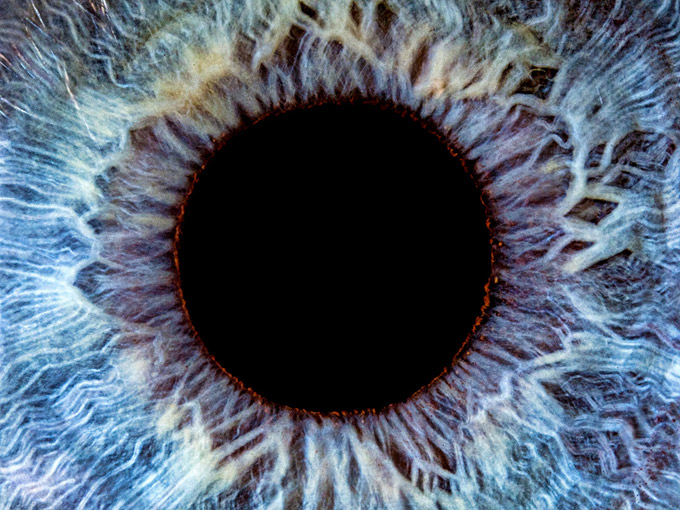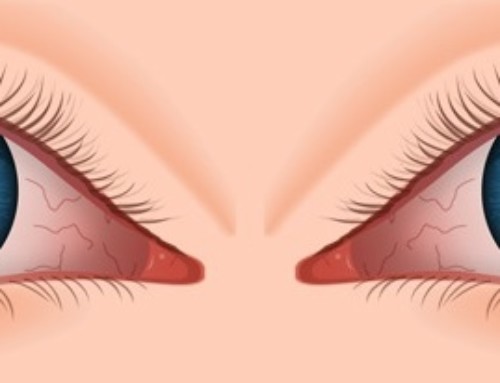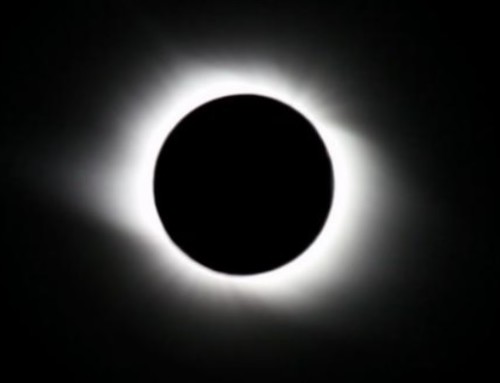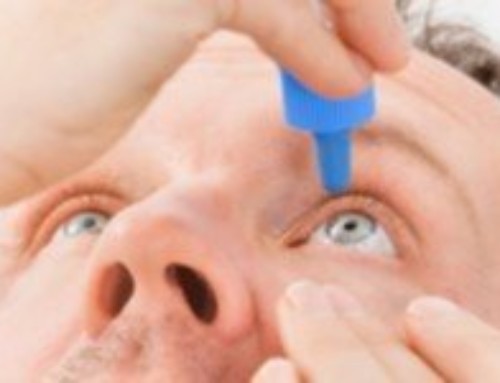Age-related macular degeneration (ARMD) is a medical condition which usually affects older adults and results in a loss of vision in the center of the visual field because of damage to the retina.
Age-related macular degeneration is seen in “dry” and “wet” forms. It is a major cause of blindness and visual impairment in older adults. Macular degeneration can make it difficult or impossible to read or recognize faces, although enough peripheral vision remains to allow other activities of daily life.
Starting from the inside of the human eye and going towards the back, the three main layers at the back of the eye are the retina, which contains the nerves; the choroid, which contains the blood supply; and the sclera, which is the white of the eye.
The macula is the central area of the retina, which provides the most detailed central vision.
In the dry form, debris called drusen accumulates between the retina and the choroid, and the retina can become detached. In the wet form, which is more severe, blood vessels grow up from the choroid behind the retina, and the retina can also become detached. It can be treated with laser coagulation, and with medication that stops and sometimes reverses the growth of blood vessels.
Age-related macular degeneration begins with characteristic yellow deposits drusen in the macula, between the retinal pigment epithelium and the underlying Choroid. Most people with these early changes (referred to as age-related maculopathy) have good vision. People with drusen can go on to develop advanced AMD. The risk is higher when the drusen are large and numerous and associated with disturbance in the pigmented cell layer under the macula. Large and soft drusen are related to elevated cholesterol deposits and may respond to cholesterol-lowering agents.






